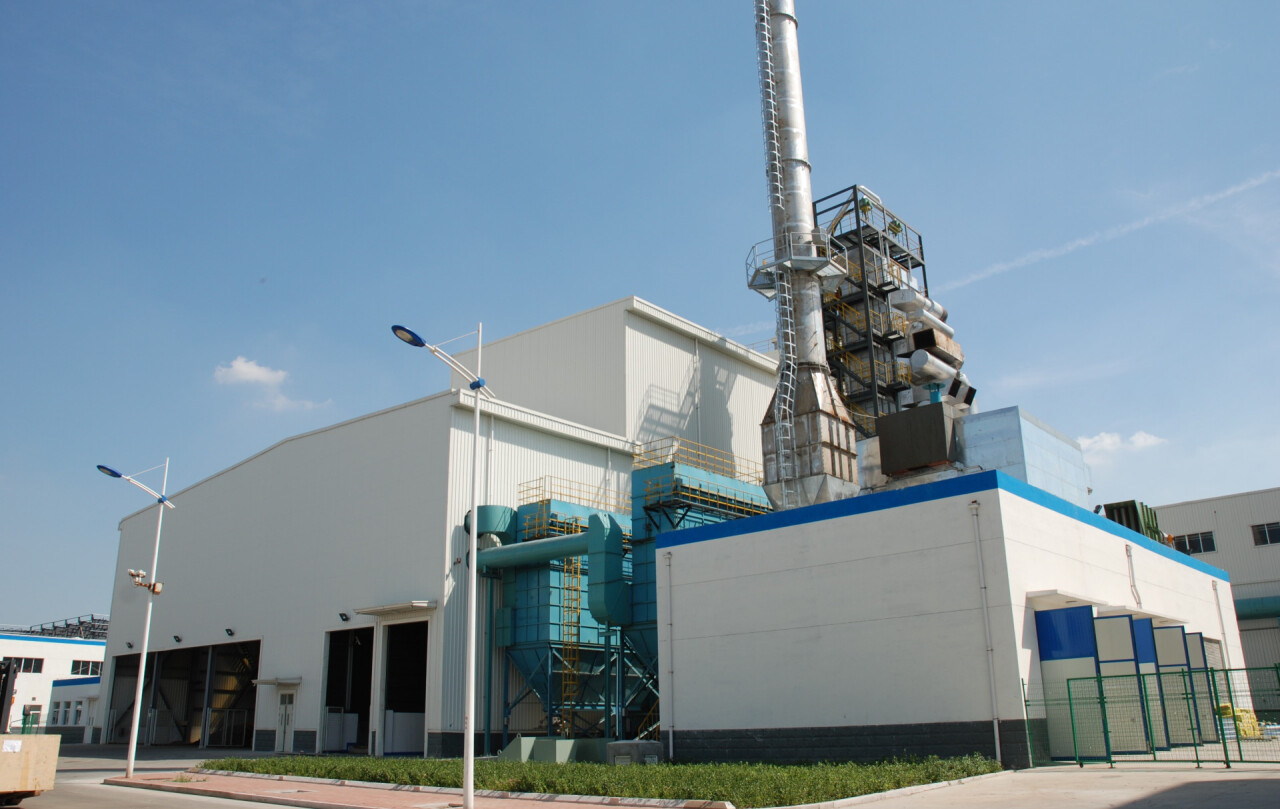Long campaign – hot blast cupola
Weichai has decided for a 35 t/h long campaign hot blast cupola from German supplier Küttner.

Weichai has decided for a 35 t/h long campaign hot blast cupola from German supplier Küttner. After comparison of the different environmental impact with electrical melting a modern environment friendly cupola system was selected.
The traditional Cupola Technology has been much developed in the recent years to meet the requirements of the global environmental development such as in Europe, United States of America and Japan. Such special features of modern cupola:
- Cupolas have the possibility to adjust the slag and therefore can accept cheap & contaminated (plastic or oil / dirt or slag) scrap, even larger amounts of galvanized scrap are possible.
- Cupola long campaign design allows nowadays up to 4 weeks siphon operation and 60 days of hearth lifetime.
- Regular siphon and tap-hole repair is much simplified by introducing the shuttle siphon system
- Cupola can easily adjust the melting rate +10% over its nominal capacity and buffer a large amount of iron in the holding furnace to meet the moulding line iron demand at all times.
- Different iron grades like grey iron, ductile iron or malleable iron and alloyed special grades can be produced in a cupola melt shop with ladle and/ or converter treatment
- Power supply is small, only 5 MW incl. holding furnaces are required
- Low cost for carburization due to carbon pick-up from dropping over coke bed instead of addition of costly graphite which is used in electrical furnaces
- About 4MW are continuously recovered for blast heating and in a yearly average further 3 MW of thermal energy are typically recovered from a cupola for heating purposes.
- Such environment friendly plants consider cupola gas combustion with heat recovery and flue gas cleaning in a bag house of superior quality which even allows to filter high amount of Zn dust. Emission levels is well below the German, Japanese and American Emission standard